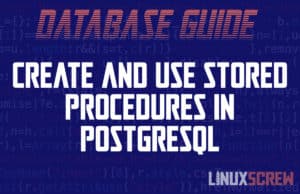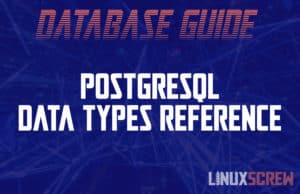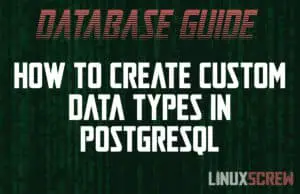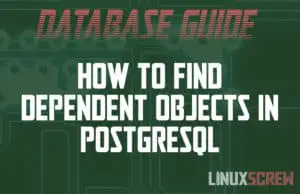How to Grow a Linux Partition to Fill a Disk with growpart
This article will show how to grow a partition on your Linux partition to fill the entire disk using growpart. This is useful if you have resized a virtual machine disk, or moved to a larger disk on your desktop or laptop Linux system. Resizing Linux Virtual Machine Disks Most commonly, you’ll be looking to grow your Linux partition to fill the entire disk on a virtual machine after resizing it. Cloud hosts like Amazon AWS and Google Cloud, and virtual machine solutions like VirtualBox and Hyper-V allow … Read more




![How to use the PostgreSQL CREATE SEQUENCE Statement [Examples] 4 How to Create Sequences in PosgreSQL using the CREATE SEQUENCE Statement, With Examples](https://cd.linuxscrew.com/wp-content/uploads/2023/04/postgresql-create-sequence-300x194.jpg)





